Choosing to approach this from a simpler viewpoint, this time instead I'll just expose some pictures after the following explanation.
The idea for this display comes from the definition of Bionicle MOCs that I before gave as having more potential to be organic than most usual LEGO MOCs; as such, and also using the entries from the past BZPower Bionicle Based Creations Contest whose entries consisted mostly of aquatic creatures I chose to display what I think are some of the best executed of those as well as some others I have found(because doing this on mammals would have mad ethe post so much longer). Keep in mind that for such choice I did not led myself from the results, and instead chosed not the most impressive, but those that I believe that better portraied the biological simplicity and elegance of the normal aquatic lifeforms(because the number of fish I found ended up being too small). The decision was made purely on my own and I might have not found soem results which should be worth mentioning, so if anyone has one MOC that they would like to share, be my guest and just reply with the link(choice still applies though).
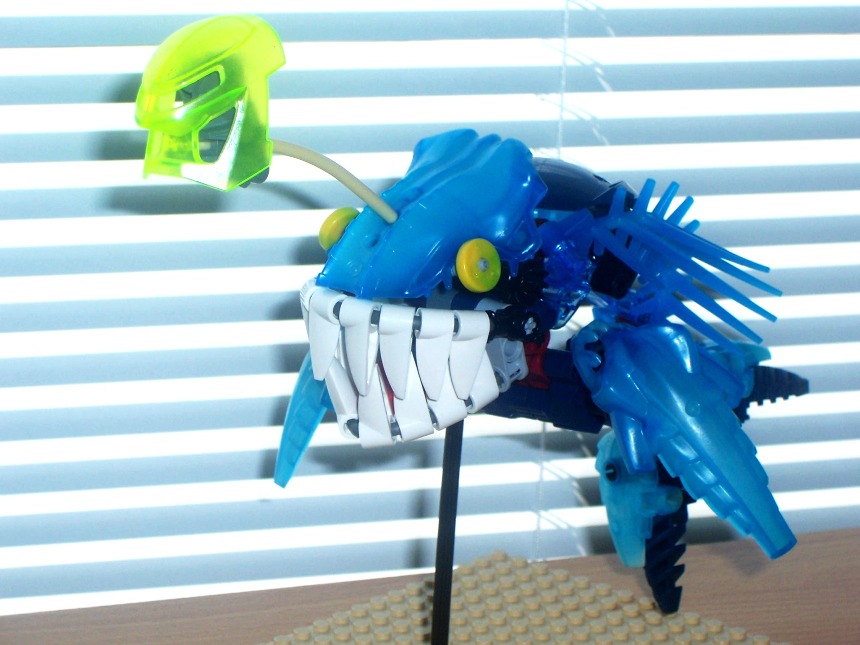
Brickshelf Folder
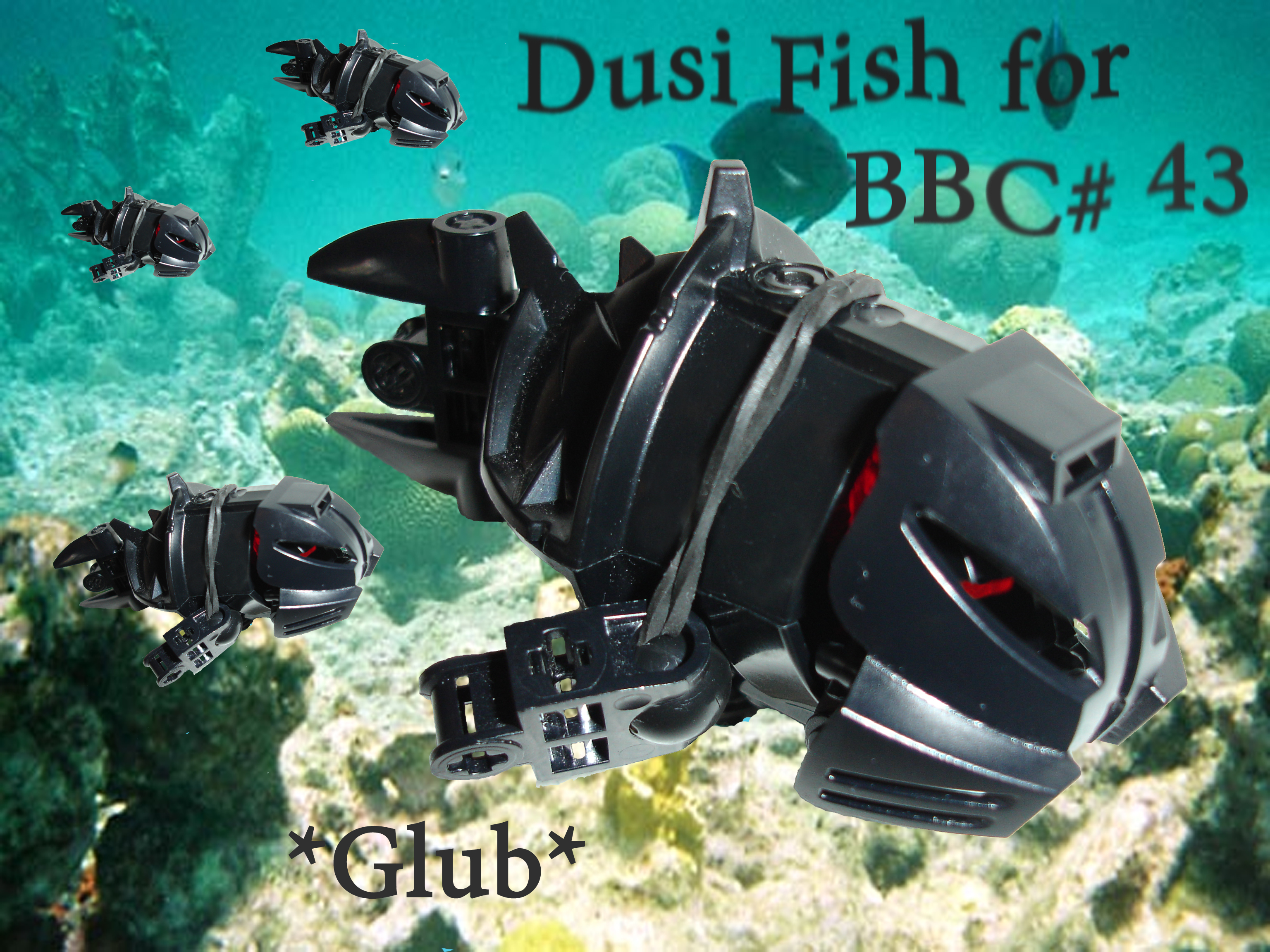
Brickshelf Folder

Brickshelf Folder
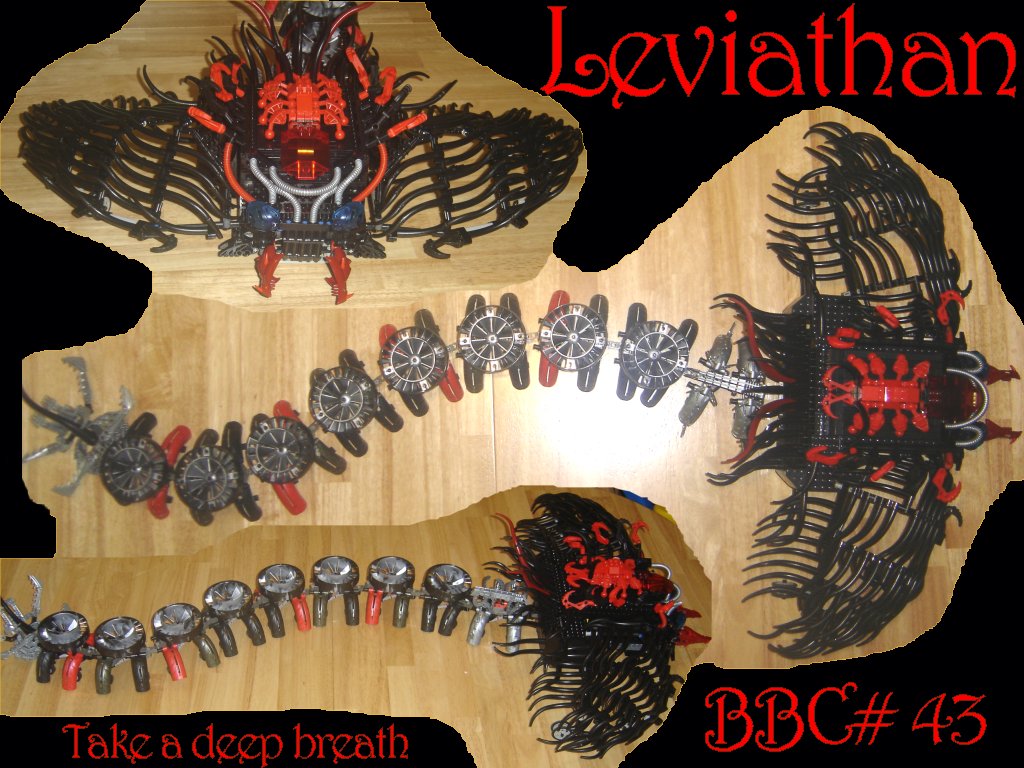
Brickshelf Folder

Brickshelf Folder
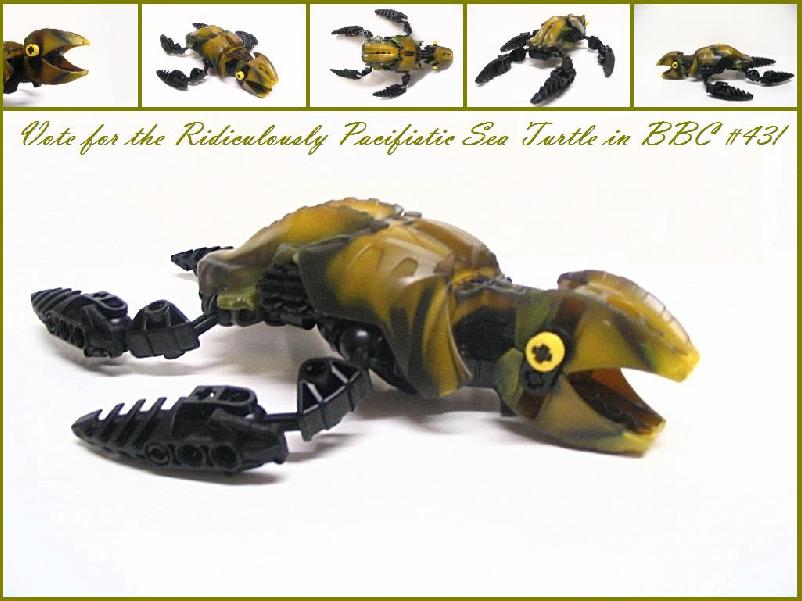
Brickshelf Folder
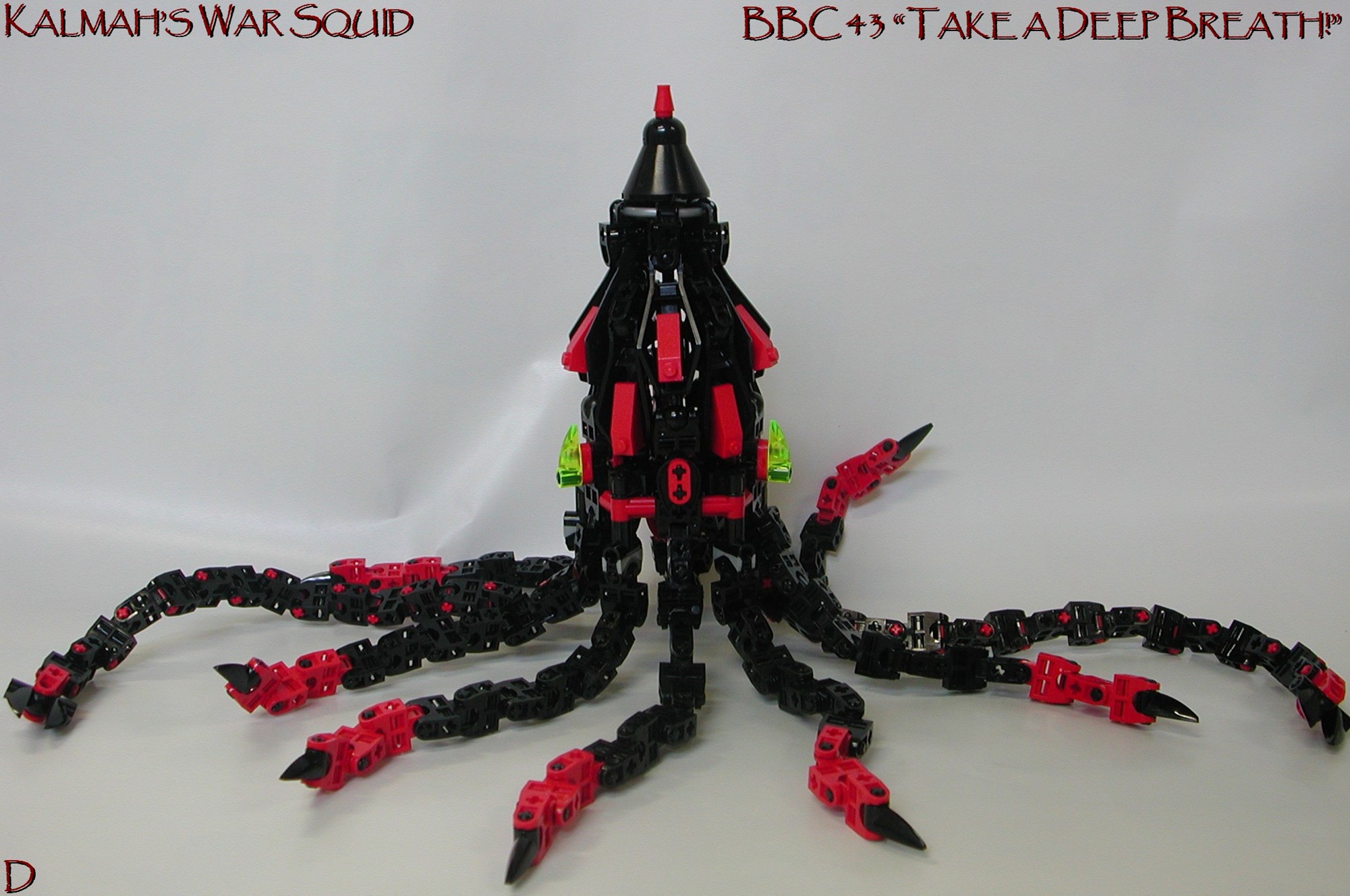
Brickshelf Folder
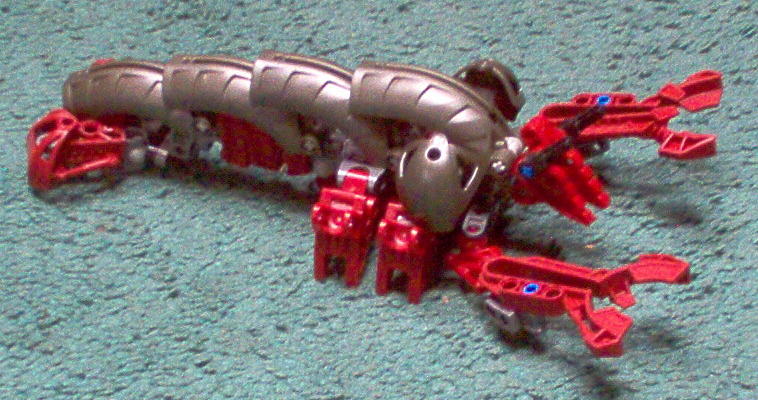
Brickshelf Folder
The idea for this display comes from the definition of Bionicle MOCs that I before gave as having more potential to be organic than most usual LEGO MOCs; as such, and also using the entries from the past BZPower Bionicle Based Creations Contest whose entries consisted mostly of aquatic creatures I chose to display what I think are some of the best executed of those as well as some others I have found(because doing this on mammals would have mad ethe post so much longer). Keep in mind that for such choice I did not led myself from the results, and instead chosed not the most impressive, but those that I believe that better portraied the biological simplicity and elegance of the normal aquatic lifeforms(because the number of fish I found ended up being too small). The decision was made purely on my own and I might have not found soem results which should be worth mentioning, so if anyone has one MOC that they would like to share, be my guest and just reply with the link(choice still applies though).

Brickshelf Folder

Brickshelf Folder

Brickshelf Folder

Brickshelf Folder

Brickshelf Folder

Brickshelf Folder

Brickshelf Folder

Brickshelf Folder

 What better way to start this blog, than a post of some grand and magnificent creations?
What better way to start this blog, than a post of some grand and magnificent creations?